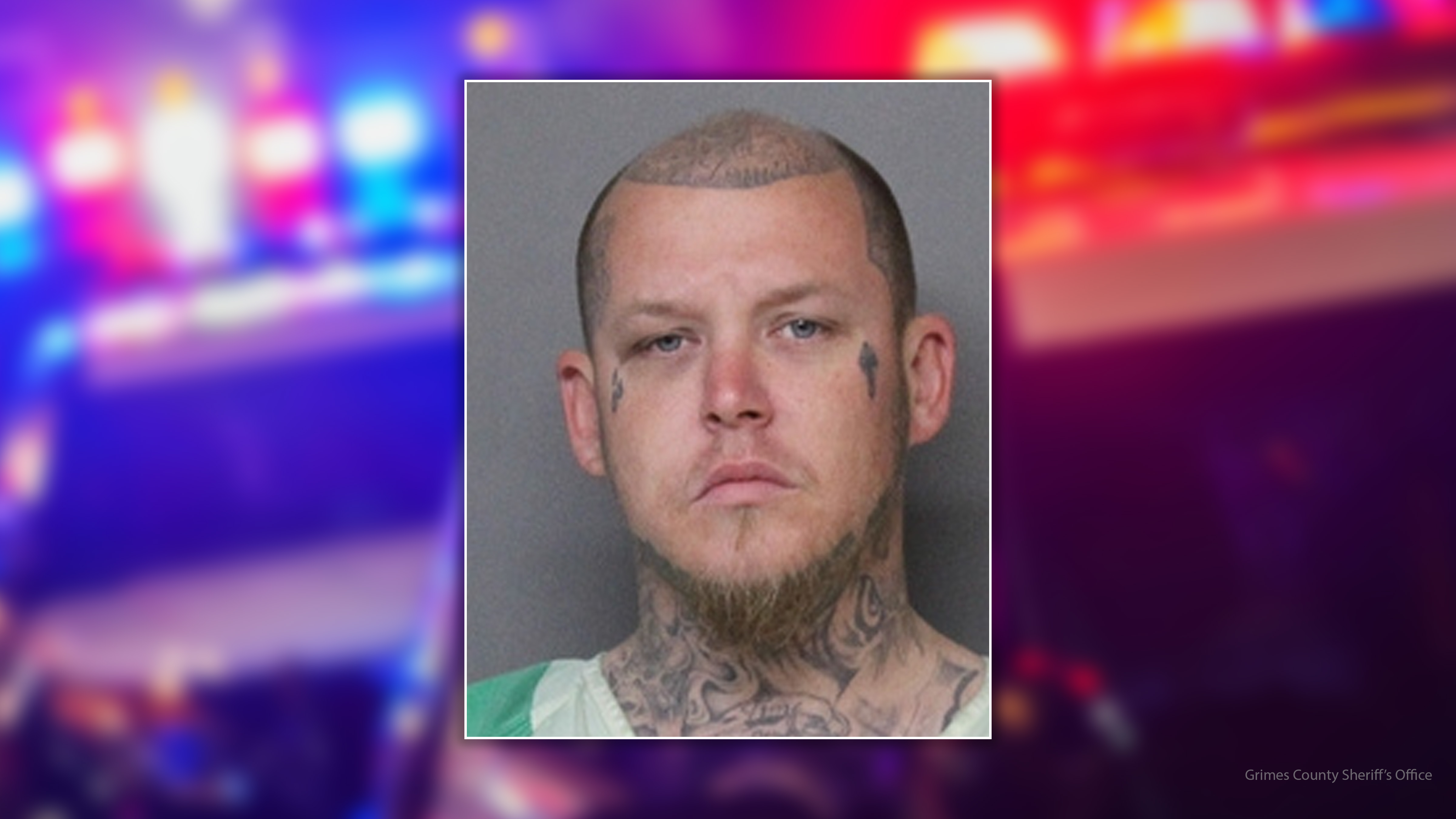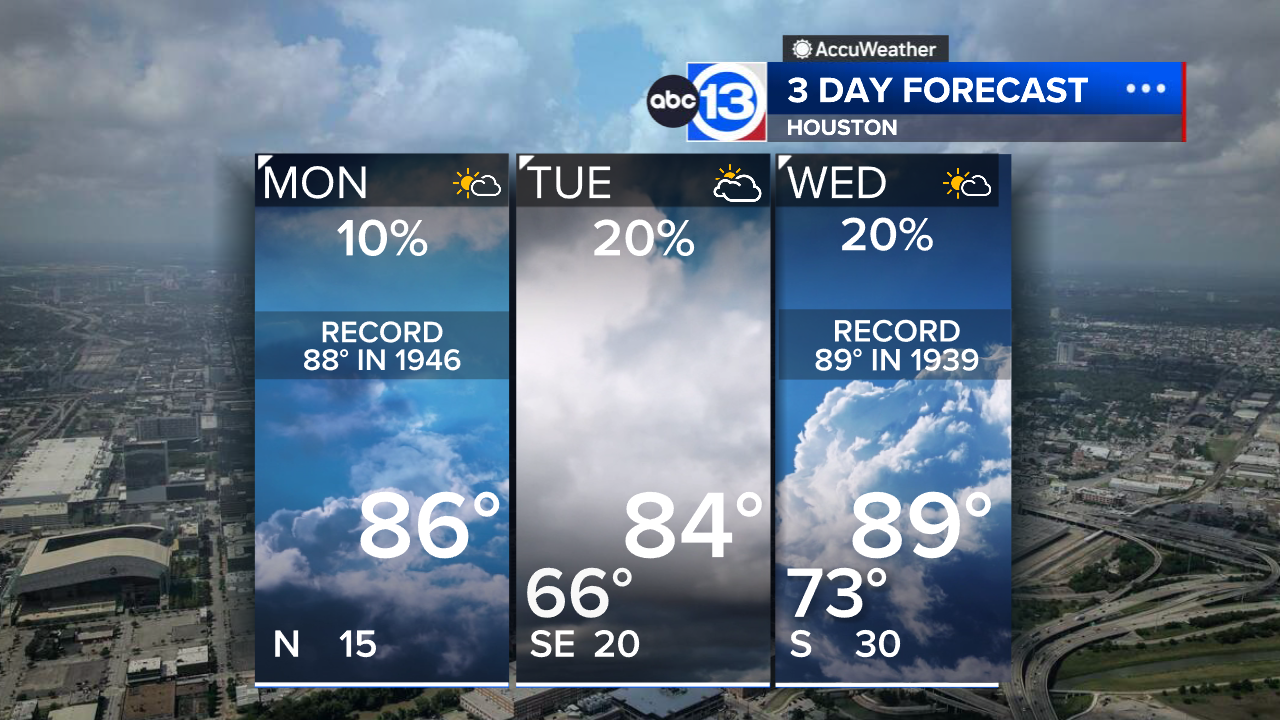U.S. trying to dissuade migrant travel to ease growing border crisis

The White House still won't call what's happening at the U.S.-Mexico border a crisis. But it is, at the very least, a humanitarian challenge which seems to deepen by the day.
An undated video released earlier this month by U.S. Rep. Henry Cuellar, D-Texas, shows migrants crossing the Rio Grande from Mexico into a well-known spot in Hidalgo. The clip illustrates that more and more migrants - adults and children - are making their way to the southern border.
There is growing concern about what to do with so many people in the midst of a pandemic. Republicans blame the Biden administration. Democrats say they inherited the issue. The truth is that these migration waves happen under all administrations.
The question is, how to stop it? The Biden administration is telling migrants not to come. The borders are closed. But is that a message too little, too late?
SEE ALSO: Border crisis: More than 5,000 unaccompanied children are in CBP custody
At a White House briefing on Monday, a reporter brought up photographs, also from Rep. Cuellar, showing children in custody. This comes as the administration is sending envoys to Central American nations-in hopes of stopping the migration before it starts. President Biden has pledged $4 billion to help those countries struggling with violence and the pandemic.
"These photos show what we've long been saying, which is that these Border Patrol facilities are not meant for children," said White House Press Secretary Jen Psaki. "They are not places that we want children to be staying for an extended period of time. Our alternative is to send children back on this treacherous journey and that is not, in our view, the right choice."
The best choice, though, may be more complicated than anyone wants to admit. Jared Slater is a Houston immigration attorney. He said the solution lies with Congress, and with an overhaul of our antiquated immigration system.
"It's frustrating that the politics gets involved in any crisis," Slater told ABC13. "The politics have gotten in the way for so long, that each side doesn't want to work with the other. It's time. It's long overdue to fix our system."
But politics is very much a part of the process. On Monday, Vice President Kamala Harris would not commit to going to the border to see the migrant influx first hand. But she knows about it and has seen the images.
SEE ALSO: Out of space: More emergency sites opening to handle influx of migrant children
"We were left with a very challenging situation," she told reporters during a stop in Jacksonville, Florida. "Let's get these kids out of CPB custody and get them into HHS custody. We've got to treat this issue in a way that is reflective of our values as Americans, and do it in a way that is fair and is humane but we have to meet the moment."
In addition to overflow and temporary facilities on the border, the city of Dallas is housing teenage migrants in its convention center. When asked if Houston might do the same, Mayor Sylvester Turner told ABC13 there have been preliminary, indirect talks between the city and outside agencies but nothing concrete. He too recognizes the crisis starts in Central America, where countless people are fleeing economic hardship or violence.
"It is my hope that we can change the conditions in the countries from which they are coming, such that they don't have to leave their countries," Turner said.
"We need to work in partnership with these countries to address root causes in their countries, to convey clearly and systematically that this is not the time to travel," Psaki said.
Part of that effort is a push on social media and advertising. The State Department has aired more than 17,000 radio commercials. The U.S. is airing them in Brazil, Honduras, El Salvador, and Guatemala to dissuade migration.
The ads run in multiple languages and complement a broad strategy to stop migrants from making a dangerous journey that more times than not does not end up with them finding refuge in the United States. And if something substantive doesn't change, this latest wave, like the one during President Donald Trump's administration, and President Barack Obama's before that, won't be the last.











